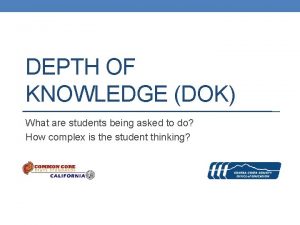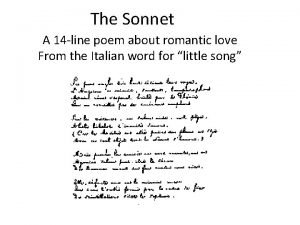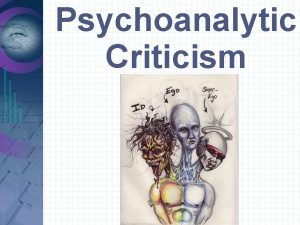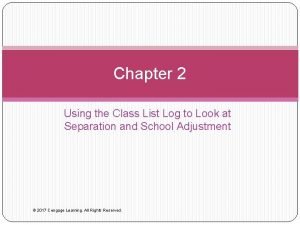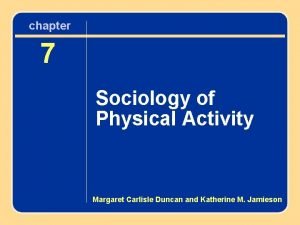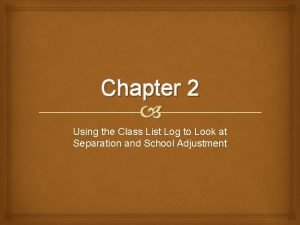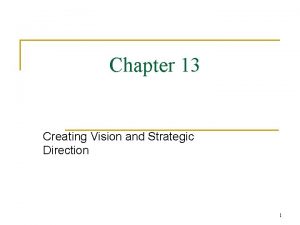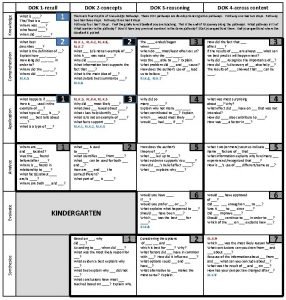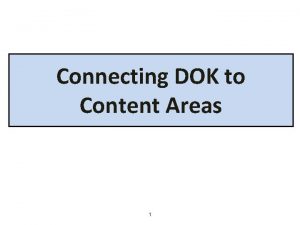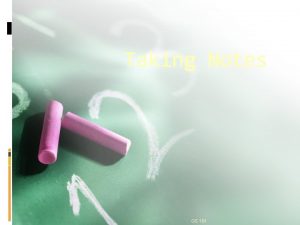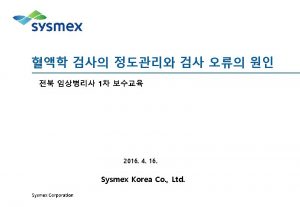1 Why DOK The DOK level focuses on











- Slides: 11

1

Why DOK? The DOK level focuses on how deeply a student needs to understand the content. Understanding the DOK level of the standard will help teachers create assessment items that accurately assess the standard at the expected level of rigor. © 2013. Battelle for Kids. All Rights Reserved.

Bloom’s Taxonomy vs. Webb’s Depth of Knowledge In Ohio’s 2002 Standards, Bloom’s Taxonomy was helpful to identify the level of rigor. Teachers were encouraged to pay attention to verbs to identify the level of cognitive complexity. effect 4 th Grade: Identify examples of cause and effect. 6 th Grade: Analyze examples of cause and effect. © 2013. Battelle for Kids. All Rights Reserved.

It’s NOT just about the verb. . . The Depth of Knowledge is NOT determined by the verb (Bloom’s Taxonomy), but by the context in which the verb is used and the depth of thinking required. 4

Same Verb – 3 Different DOK Levels What comes after the verb is more important than the verb itself. DOK 1 - Describe three characteristics of metamorphic rocks. (Requires simple recall) DOK 2 - Describe the difference between metamorphic and igneous rocks. (Requires cognitive processing to determine the differences in the two rock types) DOK 3 - Describe a model that you might use to represent the relationships that exist within the rock cycle. (Requires deep understanding of rock cycle and a determination of how best to represent it) 5

DOK is about complexity DOK is not about difficulty • The intended student learning outcome determines the DOK level. • Instruction and classroom assessments must reflect the DOK level of the objective or intended learning outcome. 6

DOK 1 7

DOK 2 8

DOK 3 9

DOK 4 10

When Students Truly “Understand” Students: • Can explain • Can interpret • Can apply • Can empathize • Have perspective • Have self-knowledge 11
 Hey hey bye bye
Hey hey bye bye Dok levels
Dok levels Don't ask why why why
Don't ask why why why 14-line poem
14-line poem Definition of psychoanalytic criticism
Definition of psychoanalytic criticism Developing competitive advantage and strategic focus
Developing competitive advantage and strategic focus Class list log example
Class list log example Draw and describe management spectrum
Draw and describe management spectrum The human condition
The human condition Sociology of physical activity focuses on
Sociology of physical activity focuses on Class list log
Class list log Vision focuses on the current reality and maintaining it
Vision focuses on the current reality and maintaining it

